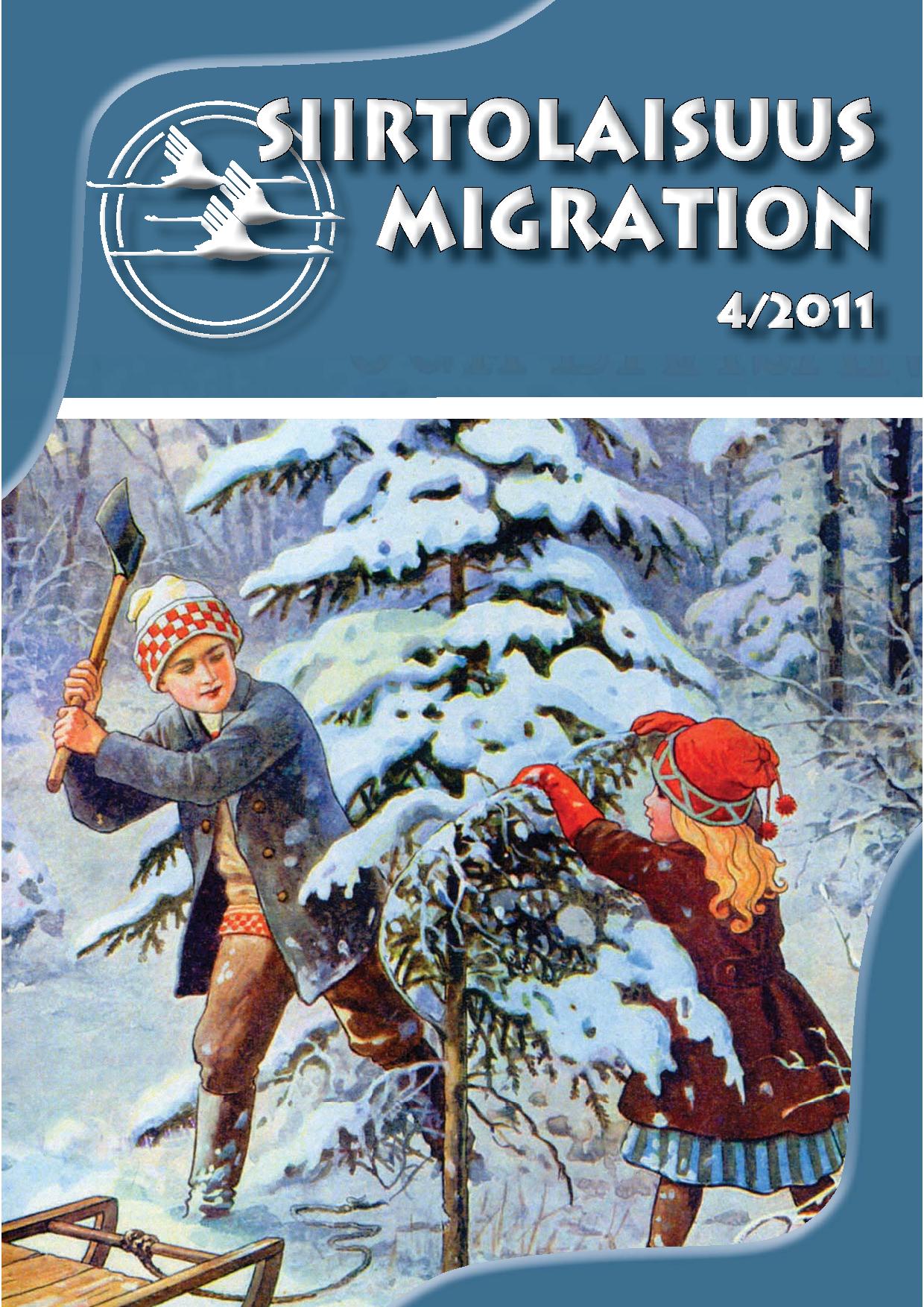Initial Labour Integration of Russian-speaking Students in Finland
Avainsanat:
labour market integration, international migration, social integration, Russian migrants, employmentAbstrakti
The article deals with the specifi city of initial labour integration for Russian-speaking students who study at the universities of Helsinki, Jyväskylä, Tampere, Turku and Helsinki. The empirical databases from the Finnish Social Science Data Archive (Tampere, 2006) are used as a basis for analysis. The empirical data has been processed using the SPSS 11.0 program. The results, based on mathematical and statistical analysis, allow us to draw conclusions about the existence of several differentiated levels of success in terms of the integration for Russian-speaking immigrants in Finland. As a result, four types of integration have been classified as follows – “well-integrated”, “potentially well-integrated”, “moderately integrated”, and “poorly integrated”. Whereas the fi rst two types of integration are characterized by how successfully the immigrants integrate into the labour market, their language skills and the types of labour they are engaged in, the other two types are characterized by other infl uencing factors (educational “load,” family ties, secondary labour activity, obstacles to labour activity).




